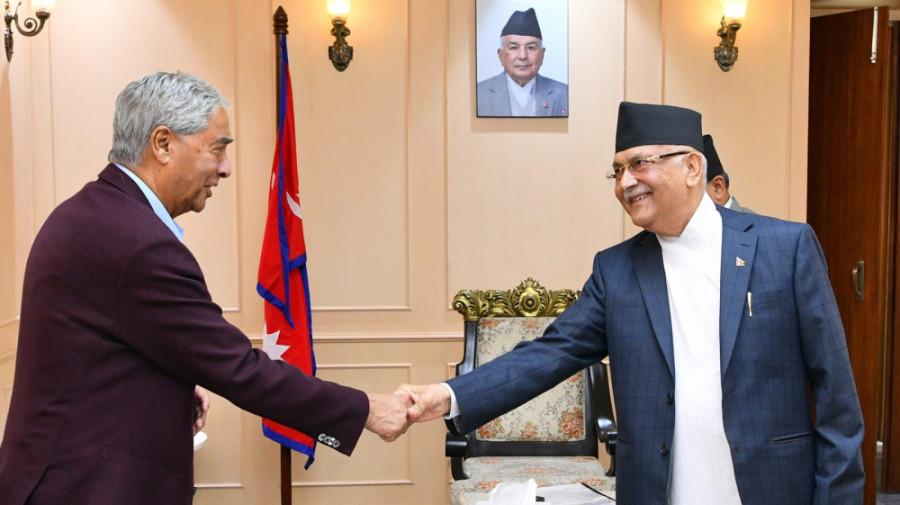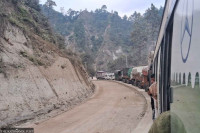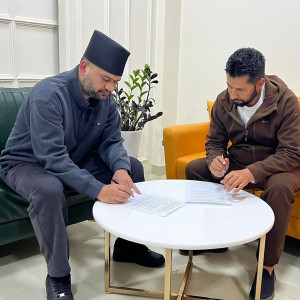Editorial
Bonded by BRI
Nepali Congress and CPN-UML coming to a common platform on the initiative bodes well for the country.
Prime Minister KP Sharma Oli heads to China today amid a heated debate on the Belt and Road Initiative (BRI). At the centre of the debate is an argument over whether Nepal should accept only grants to develop bilateral Nepal-China projects or such projects can also be built with loans. In the end, the two main ruling parties—the Nepali Congress and the CPN-UML—decided that there would be no loan deals during Oli’s China trip. The Congress had been adamant that Nepal cannot afford any more loans and as such there was no question of adding a financial burden to the country. As things stand, 12 projects are lined up for signing. An agreement on the ‘BRI framework for cooperation’ is also likely, which, at least in theory, should add momentum to old and new bilateral projects. There are multiple readings of the two ruling parties’ disagreements on negotiating with the Chinese. In one, the Congress, as the biggest ruling party, played a dubious role by unnecessarily tying the prime minister’s hands before an important visit.
Oli, in this reading, won’t have much to show at the end of the trip. Yet there can be an alternate and more charitable reading of the recent sequence of events—and one which will be more salubrious to the country’s interests. The BRI became so controversial on the eve of Oli’s China trip precisely because there was lack of clarity on what being a part of it entailed for Nepal. When the country signed up to the initiative’s framework agreement back in 2017, there was little debate even as grey areas galore. For instance, the document Nepal signed seven years ago is yet to be made public, fanning many speculations. In this context, the new debate on the kind of cooperation the country can expect under the BRI was much needed. Unlike in the past when they were querulous opponents, this time, as coalition partners, the Congress and the UML were forced to come to an understanding on the initiative. They did this through a four-member taskforce that carefully dissected the new China-proposed framework. The Nepali side has tweaked the new BRI framework document in line with the suggestions of the taskforce and sent it back to China for final approval.
Nepal has long felt the need for a broad political understanding on vital foreign policy issues. Yet such an understanding has invariably been made a victim to top leaders’ never-ending jockeying for power. This time, the differences between the Congress and the UML over the BRI, and the wider debate it sparked, have helped the country arrive at a more nuanced position on how to engage with China, one of Nepal’s two most important foreign friends. The deals Prime Minister Oli locks up in Beijing matter. But, more importantly, the decision of the country’s two biggest political forces to devise a common platform on a vital foreign policy issue bodes well for Nepal. If and when Oli goes to India, perhaps the two parties can come up with a similar common position. And the same while dealing with other important foreign actors. The sum of these understandings can in turn form a solid basis for a more consensus based Nepali foreign policy. Perhaps this extrapolation is a little simplistic. But the goal of greater consensus looks more achievable today than it did even a week ago.




 15.24°C Kathmandu
15.24°C Kathmandu














